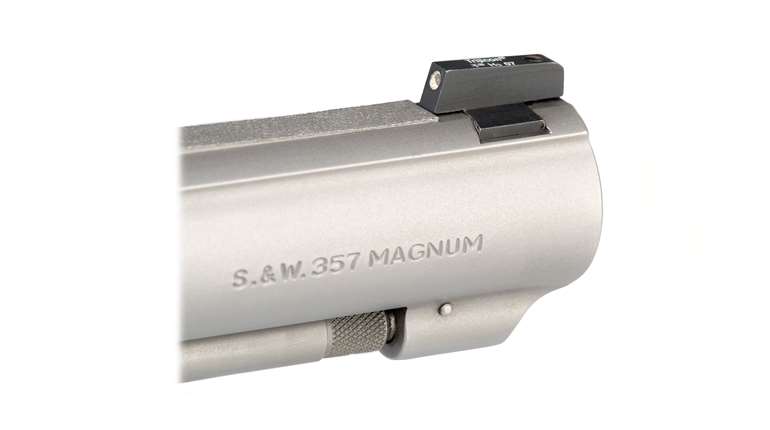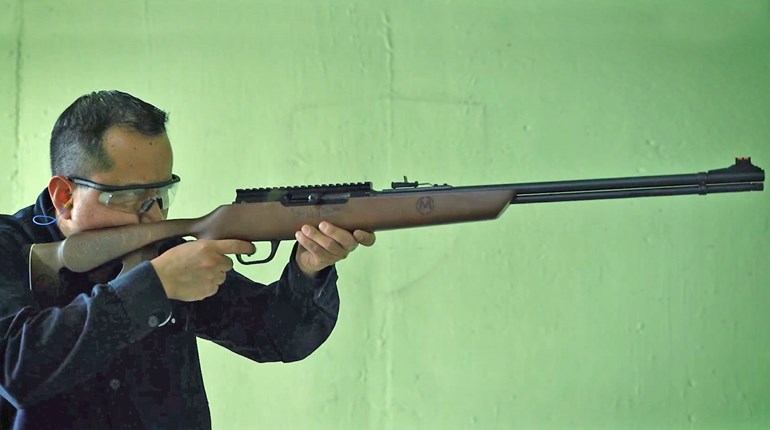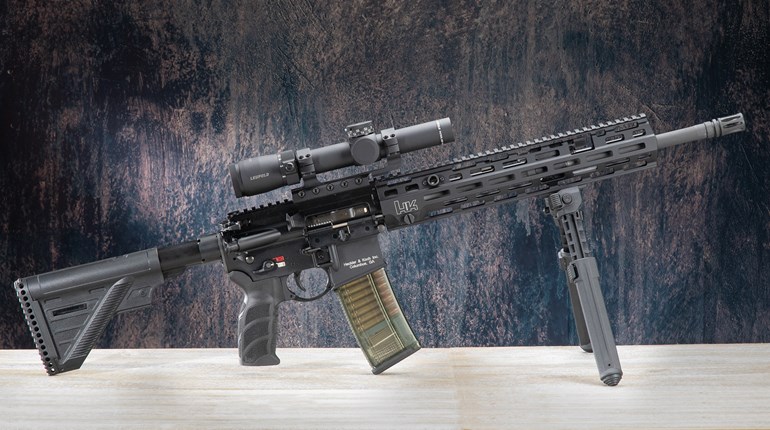
As a young man I spent a lot of time around older shooters and old lawmen trying to learn as much as I could. One of the things that most of them had in common was how well they took care of their guns. Many of them were shooting guns from the pre-WWII era, but those guns were still in very good shape. When they shot them, they cleaned them and generally wiped them off at night with an oily rag. They generally understood how their guns worked and could replace worn parts when that became necessary.
The armed citizen doesn’t need to be a firearm expert, but they do need to know how their choice of a defensive firearm works. It is also important to know what type of failures are common to a specific type of firearm, how to spot them and what to do about it.
Many semi-automatic pistols should have their mainspring replaced on a regular basis; some gunsmiths advise that every 1,000 rounds would be a good interval. One should also learn how to check the extractor and ejector for excessive wear. Semi-automatic pistol shooters quickly learn to spot the malfunctions that are caused by a faulty or worn magazine. And for goodness sakes, a bad magazine belongs in the trashcan, not among your practice gear.
Revolver shooters need to make sure that each chamber in the cylinder lines up properly with the barrel; spitting lead is a good indication that this is not the case. In some revolvers the ejector rod can come loose and tie up the gun; preventing that is an easy fix if one knows what to look for. Some revolvers have an external screw on the front of the grip frame that puts tension on the mainspring and keeps it in place; this should be snug and tight to prevent misfires.
I think that we often fail to realize the wear and tear that guns can receive from the mini-explosions that we call shooting. Gun parts wear just a little bit every time we pull the trigger. If an armed citizen will take the time to visit with a good gunsmith, they can quickly learn wear-related and other problems that might occur in their particular firearm. Then regular cleaning sessions and just taking the time of give the gun a good once over can often catch the problem before a misfire or failure to fire occurs. Simply put, you may have to bet your life on it, so it is a good idea to make sure that gun is in good working order.


































